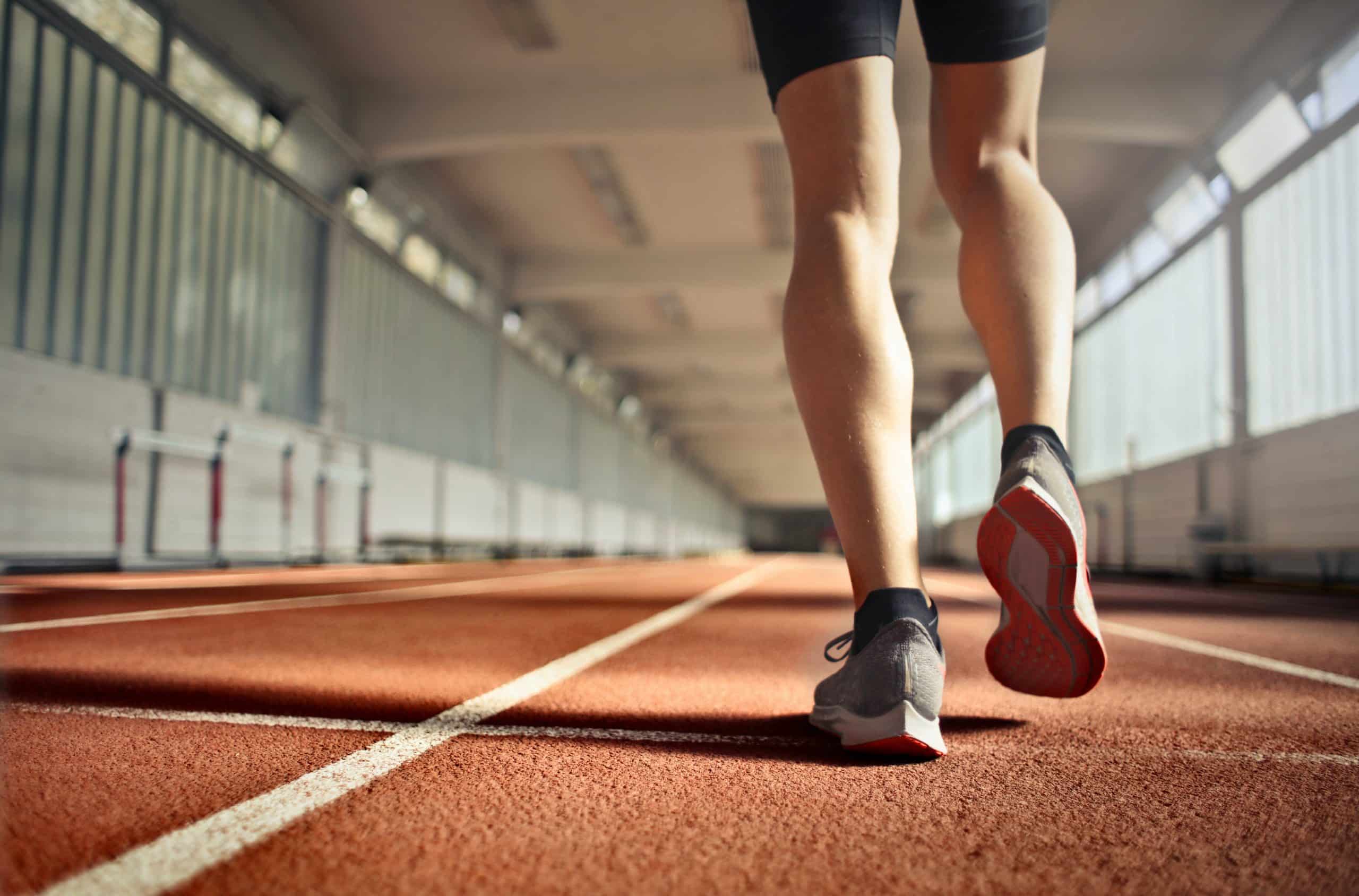5 Must-Try Exercises to Boost Your Running Performance: Plyometrics, Hill Repeats, Strength Training, Interval Training, and Core Workouts
Are you a runner looking to improve your running performance and take your workouts to the next level? Look no further! In this blog post, we'll share five effective exercises to help you boost your running performance. From plyometric exercises to hill repeats, strength training, interval training, and core workouts, we've got you covered. You'll learn how to build explosive power, leg strength, and speed, increase your aerobic capacity and overall fitness, and prevent injuries by maintaining proper form and stability. So, read on and discover how to improve your running game with these must-try exercises!
Plyometric Exercises
Plyometric exercises are an excellent way to improve your running performance. By incorporating exercises such as jump squats, box jumps, and lunge jumps into your workout routine, you can build explosive power, increase your leg strength, and boost your speed. Plyometric exercises also help to improve your neuromuscular coordination, allowing you to move more efficiently and with greater ease while running. Additionally, by increasing your leg strength, you can reduce your risk of injuries such as shin splints and knee pain. Overall, plyometric exercises can have a significant impact on your running performance and make your runs more enjoyable. In our Online Coaching programs we steadily introduce plyometric exercises into our clients' running journey. Below is an example of an exercise to integrate lateral impulses:
Hill Sprints
incorporating hill repeats into your routine can be a game-changer. Running up hills requires more effort and engages more muscle fibers than running on flat ground, which helps build leg strength and endurance. Hill repeats also increase your cardiovascular fitness by forcing your heart and lungs to work harder to deliver oxygen to your muscles. Additionally, running up hills can improve your running form and stride length, as you learn to drive your knees higher and push off with more force. By incorporating hill repeats into your running routine, you can boost your speed, increase your endurance, and take your running performance to the next level.

Interval Training
Interval training is a highly effective way to improve your running performance. By alternating between periods of high-intensity exercise and rest or low-intensity exercise, you can increase your aerobic capacity and overall fitness. Interval training is also an excellent way to burn more calories and improve your body's ability to use oxygen, which can lead to faster recovery times and improved endurance. Additionally, interval training can help prevent boredom by providing variety in your workout routine. By incorporating interval training into your running routine, you can achieve better results in less time and take your running performance to the next level. In our Online Coaching we work with a multiple national champion in Triathlon that creates smart programs to increase your performance! If you're interested in more information, book a call.
Strength Training
Strength training is essential for runners looking to improve their running performance. By incorporating exercises such as squats, lunges, and deadlifts, runners can build leg strength and improve overall body stability. This can lead to a more efficient running stride and reduce the risk of injuries such as ankle sprains and knee pain. Many professional runners, such as Mo Farah and Shalane Flanagan, incorporate strength training into their workout routines to help them achieve better results on the track or road. Strength training also helps to increase bone density, which can reduce the risk of stress fractures. By adding strength training to your running routine, you can take your performance to the next level and achieve your running goals.
Core exercises
it's time to incorporate some killer core exercises into your routine! A strong core is essential for maintaining proper form and stability while running, which can lead to improved running efficiency and reduced risk of injuries. Think planks, sit-ups, and Russian twists – these exercises will help you build the abdominal and lower back strength needed to maintain a stable and upright posture while running. Not only will a strong core improve your running form, but it can also lead to a more efficient running stride and improved running economy. If you need some inspiration, just look at professional runners like Paula Radcliffe and Eliud Kipchoge, who swear by core exercises as an essential part of their training routines. So, if you're ready to achieve your running goals and become a stronger, faster, and more efficient runner, then start incorporating core exercises into your running routine today! This exercise below is a game-changer for a lot of runners because it requires cooperation of adductors, glutes and your core: The Copenhagen Plank:
In summary, improving your running performance involves more than just running more miles. By incorporating plyometric exercises, hill repeats, interval training, strength training, and core exercises into your routine, you can build strength, improve endurance, and reduce the risk of injuries. Whether you're a beginner or a seasoned runner, these exercises can help take your running to the next level.
If you're looking to optimize your running performance, we invite you to book a discovery call with one of our expert trainers. Our team can help you design a personalized workout plan tailored to your specific goals and needs. With our guidance and support, you can achieve your running goals faster and more efficiently than ever before. So, don't wait – book your discovery call today and start your journey towards becoming a stronger, faster, and more efficient runner!
5 Effective Exercises to Relieve Knee Pain for Runners: A Comprehensive Guide
If you're a runner struggling with knee pain, you're not alone. Knee pain is a common issue among runners, and it can be caused by a variety of factors such as weak glutes, tight hamstrings, and IT band syndrome. But don't worry, with the right exercises, you can alleviate your pain and get back to your running routine.
Here are 5 effective exercises to relieve knee pain in runners:
- Side Plank Clamshells:
This exercise targets the glutes, which play a crucial role in stabilizing the knee joint. Start by lying on your side with your legs bent at a 90-degree angle. Lift your hips off the ground and place your top hand on your hip. Keeping your feet together, lift your top knee while maintaining the 90-degree angle. Lower your knee back down to the starting position and repeat for 10-15 reps on each side.
- Isometric Split Squat:
This exercise strengthens the quadriceps and glutes while improving stability in the knee joint. Start by standing in a lunge position with your front knee bent at a 90-degree angle. Hold this position for 30-60 seconds before switching legs. Repeat for 2-3 sets on each side.
- Isometric Hamstring Bridge:
This exercise targets the hamstrings, which are often neglected in traditional leg exercises. Start by lying on your back with your knees bent and your feet on the ground. Lift your hips off the ground and hold this position for 30-60 seconds before lowering back down. Repeat for 2-3 sets.
- Hamstring Curls on the Floor with Socks:
This exercise helps to improve hamstring strength and flexibility. Start by lying on your stomach with a towel or socks under your feet. Bend your knees and slide your feet towards your glutes, lifting your knees off the ground. Slide your feet back out to the starting position and repeat for 10-15 reps.
- Tibialis Raises:
This exercise targets the tibialis anterior muscle, which is often neglected in traditional leg exercises. Start by sitting in a chair with your feet flat on the ground. Lift your toes off the ground and hold for 3-5 seconds before lowering back down. Repeat for 10-15 reps.
Incorporating these exercises into your routine can help alleviate knee pain and improve your overall running performance. Remember to consult with a doctor or physical therapist before starting any new exercise program, and start with lower intensity and fewer reps before gradually increasing. Happy running!

